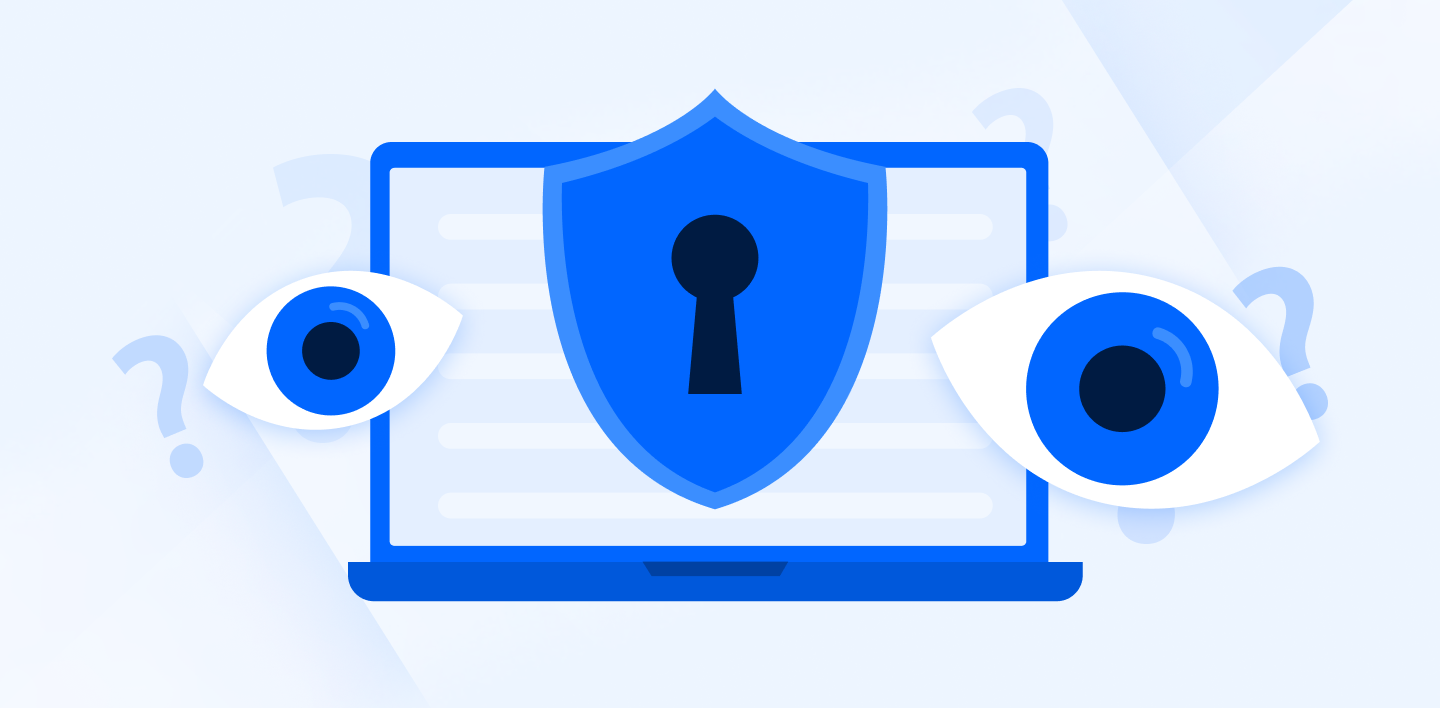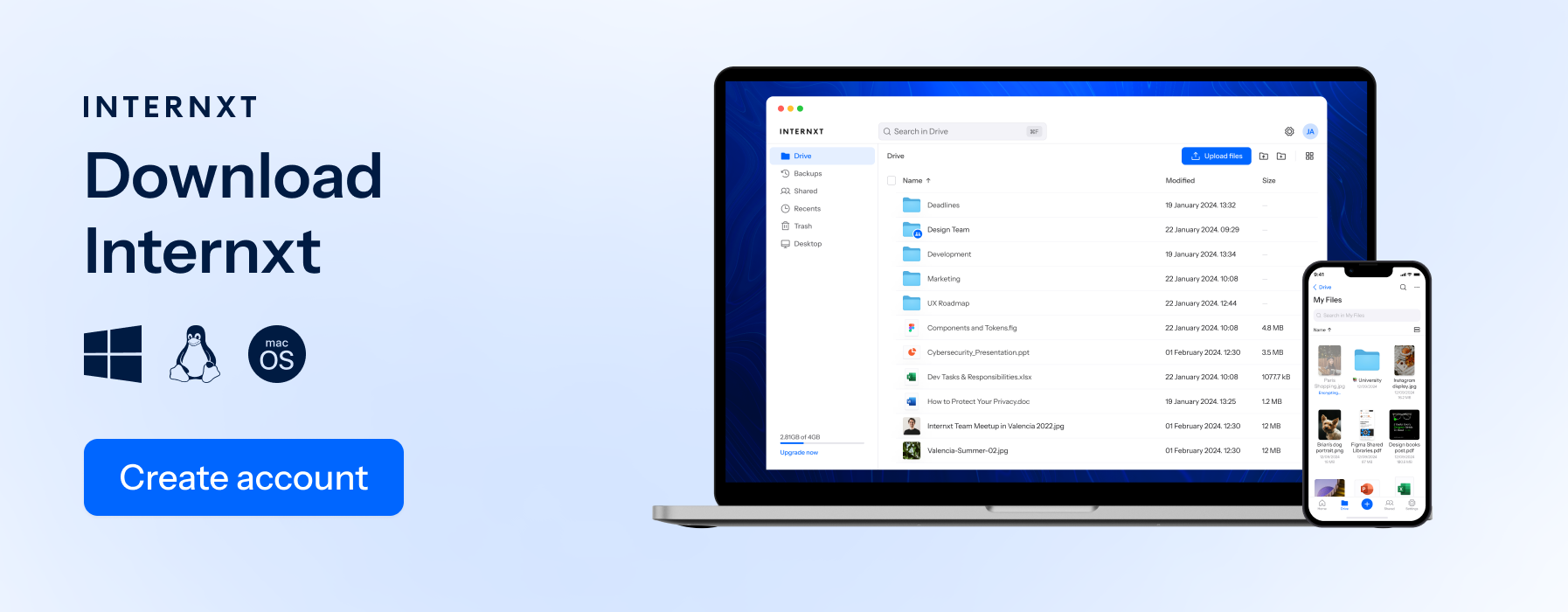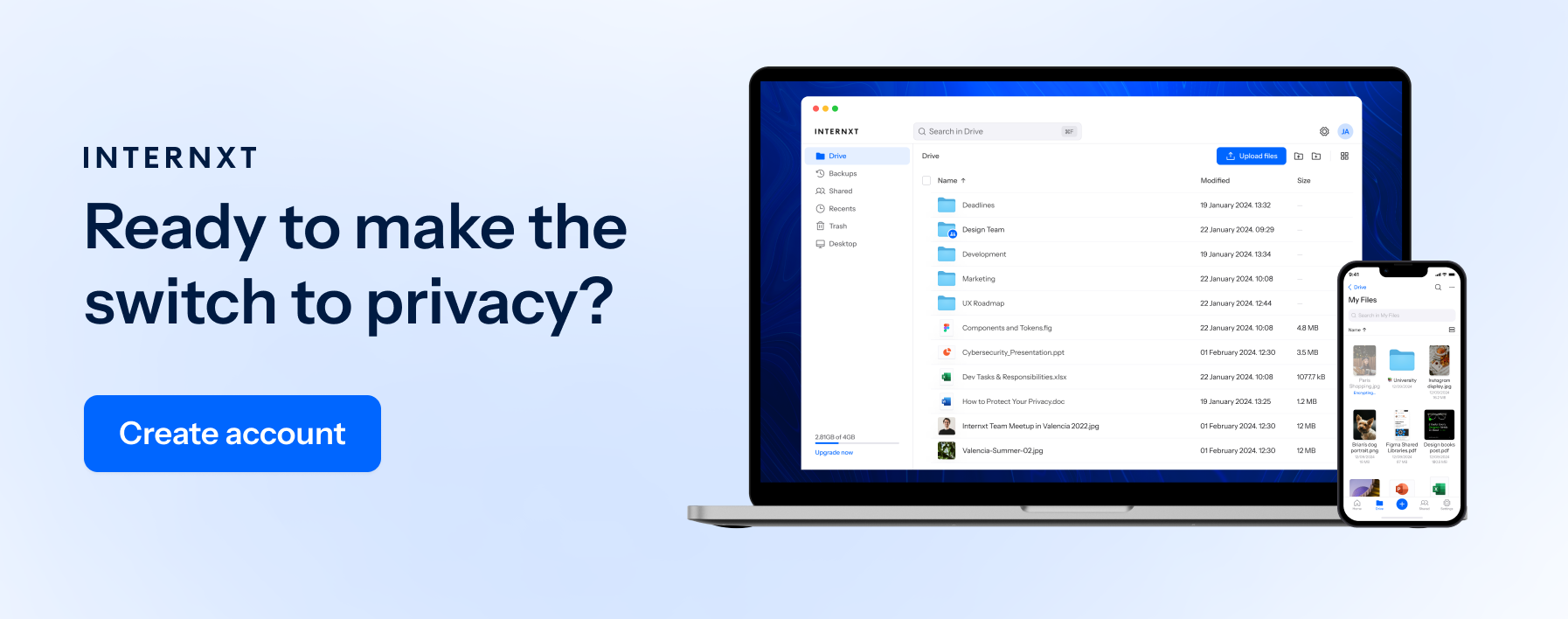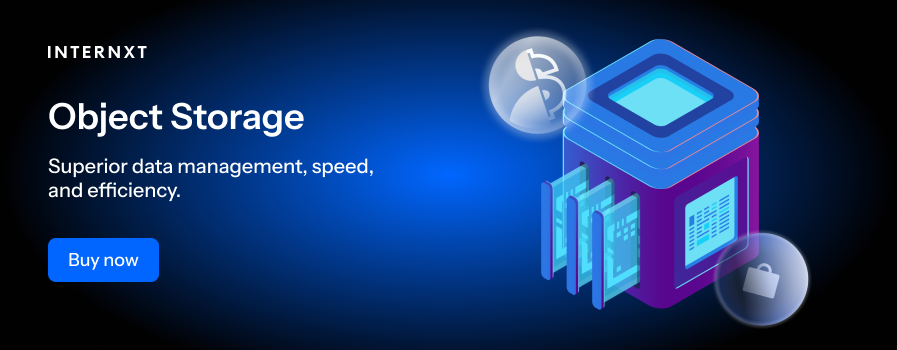How to Increase Business Security with a Zero Trust Approach

Traditional cybersecurity protocols quickly become out of date as cyberattacks and criminals evolve. Organizations are constantly on the lookout for new measures to prevent these attacks and keep their business and client data secure.
This is why the zero-trust security principle is rapidly being adopted by organizations everywhere to help them save millions in data breach costs, which hit an all-time high of $4.88 million in 2024.
To find out how a this approach can help you in your business or personal life, we will discuss security, architecture, and the principles needed to protect sensitive data online in more detail.
To find out more about zero-trust and how it is becoming more common place in the business world, check out our article "Is zero trust widely accepted".
Table of contents
- Continuously monitor and validate
- Least privilege access
- Inspect and log all activity
- Device access control
- Prevent lateral movement
- Assess your current environment
- Identify security needs
- Implement and monitor zero trust controls
- Regularly test and update
What is zero trust security?
Zero-trust security is a model based on the principle of least privilege, so any person or device wishing to access resources on a network must verify their identity before access is granted.
Traditionally, security models didn’t require verification for users or devices inside the network, known as the castle-and-moat concept. The risk of this concept is that once a hacker hacks into the network, they have the freedom to steal or leak information or shut down networks.
Zero-trust security was designed to trust no user or device, helping to increase remote access security for businesses.
Even if they were inside the network, they would still need to verify their identity to access resources. The concept of trusting nobody and nothing until verification is met has the following security advantages:
- Reduced attack surface: Limits access to only what is necessary, minimizing exposure.
- Stronger data protection: Ensures sensitive information is only accessible by verified users.
- Enhanced breach containment: Segments networks to prevent lateral movement by attackers.
- Continuous monitoring: Constantly verifies identities and activity for better threat detection.
- Improved regulatory compliance: Helps meet security standards like GDPR, CCPA, and HIPAA.
- Adaptability to remote work: Secures access across distributed environments, including cloud and on-premise systems.
The majority of security professionals agree that zero-trust architecture is the key to an organization’s success, as it shows a commitment to user privacy, security, and data protection.
Since the shift to remote and hybrid work plus the growth of new technologies such as 5G, cloud computing, encryption, and IoT, more data is connected to connected nodes, which zero-trust security helps protect.
How does zero trust work?
Before access is granted to any resources, there are several security controls to verify a user’s identity, which can be any of the following:
- Authentication: When a user attempts to access a resource, their identity is verified to validate their access to it.
- Authorization: Once authenticated, they are only granted the permissions they need to perform tasks, reducing the attack surface of hackers.
- Continuous monitoring: Network traffic and activity are monitored for suspicious behavior to respond to attacks efficiently.
- Micro-segmentation: Networks are divided into smaller segments, each with its security policies. If attackers breach one segment, moving laterally within the network is more difficult.
- Identity access management (IAM): IAM controls mean individuals are only given access to necessary resources, reducing unnecessary exposure to sensitive information.
A comprehensive and well-managed zero-trust security plan is the best security feature a business can incorporate into its cybersecurity policy.
Nobody has access to resources unless verified, helping prevent unauthorized users from accessing sensitive or confidential information.
The main principles of zero trust
To implement zero-trust security, companies must meet five principles that work together to protect sensitive information and reduce the risks of network compromise.

Continuously monitor and validate
All users and their activity should be monitored and validated, even if they have previously accessed a system or network. This prevents any users or devices from being automatically trusted by a system and giving access to unauthorized parties.
Logins and connection times should also be monitored and run out after a set time to force users to verify their identity again.
Least privilege access
Least privilege access only gives users access to information necessary to perform their tasks. Limiting exposure to sensitive information in networks or databases significantly reduces the chances of data leaks or other threats to your network due to human error or other issues.
Segment networks
Microsegmentation breaks up security perimeters into small, separate zones to maintain a separation for different parts of the network. Businesses can hide and secure their network with wireless access points, which ensures only those with the right credentials have access to the internet to prevent network attacks.
Zero-trust networks make sure data is contained in separate secure zones, so one user will only have access to one secure zone, limiting their access to other data in the network. If they want access to another zone, they will need to verify their request once more.
Inspect and log all activity
Account managers can implement zero-trust into their accounts by monitoring and inspecting logins, user behaviour, device access, and network traffic across teams, departments, or the entire organization.
Analyzing this activity lets companies immediately enable security responses to deny access or require further authentication before a trusted user accesses the data.
A further benefit of maintaining detailed logs also help with compliance reporting, meet regulatory compliance, and trace the root of security incidents that may occur.
Device access control
Device access should also be monitored alongside user access for an effective zero-trust plan. These systems monitor the devices needing access to a network and authorize them if they have the correct account credentials.
Prevent lateral movement
Once a hacker breaks into a network, they can use lateral movement to move across different networks and cause more damage.
Zero trust prevents this by creating small, separate sections within the network. Users must re-verify their identity to access, making it hard for attackers to shift from one section to another. If an attacker is detected, the affected device or user can be cut off from the network, preventing further access.
Stages for implementing zero-trust security
Each organization will have different needs for a zero-trust architecture, but as a general overview, here are some steps to take when implementing these principles.

Assess your current environment
Security involves inventorying all assets—hardware, software, data, and reviewing existing security policies and technologies to identify what should be protected, address any vulnerabilities, and establish goals to prevent cyberattacks.
Your organization may also want to consider industry regulations and compliance requirements (such as GDPR, HIPAA, CCPA, etc.) that apply to it.
Identify security needs
Start by reviewing your current business security policies, technologies, and practices and assess their efficiency to protect the architecture of your data management service.
From there, you can conduct security audits or penetration testing to identify weaknesses and areas that attackers may exploit so you can take the necessary steps to fix and prevent them.
Implement and monitor zero trust controls
Based on the security needs identified in the previous step, your company should gradually phase zero trust in your organization, test and validate the controls—limit, and monitor who has access to these controls to prevent unnecessary access to resources.
Regularly test and update
For zero-trust security to be successful, your team should continuously monitor for threats, update and change security protocols as and when required, and make sure all software is up to date.
This is an ongoing process that organizations have to adapt and respond to quickly in response to cyberthreats.

Use cases
Zero trust is a versatile security solution that can be used across several industries to protect assets and resources from data breaches, loss, and more.
Remote work
Since COVID-19, companies have adopted hybrid or fully remote work models. While this is good for the digital nomad lifestyle, it also increases the risks of network attacks on public Wi-Fi or other data risks.
By verifying users and devices, zero trust ensures that remote employees can securely connect to company resources without exposing the network to unauthorized access.
Cloud platform
Zero Trust can be used to secure access to cloud-based platforms and resources with IAM controls to ensure that only authorized users have access to cloud resources, such as files holding sensitive information.
Prevent network attacks
Continuous network and account monitoring will help identify and prevent network attacks. By requiring constant verification to enter accounts and adding Multi-Factor Authentication, the chances of a hacker gaining access to accounts to do damage are limited.
Furthermore, as this model isolates sections of the network, the attack can be quarantined and the damage can be limited because zero trust security always requires re-authentication for every access attempt, preventing attackers from spreading and causing more damage.
How Internxt Drive can help businesses with zero-trust security
If you need cloud storage for business that offers GDPR compliance and maximum security, Internxt Drive is an encrypted cloud platform that allows you to store and share files in complete privacy.

Internxt Drive
Internxt Drive offers secure cloud storage for business that provides the best encryption and zero-knowledge policies to help save businesses millions in data breach fines.
Internxt ensures full data security for your business and employees by encrypting files directly on the device and storing them across multiple servers to back up and protect against data loss.
This method is the safest and most secure business tool as your business and users have the encryption keys.
By giving you control of your encryption keys, Internxt guarantees that no hackers or cloud service providers can access any of this information, not even Internxt.
Other useful features when considering zero-trust security for your business that Internxt offers are:
Encrypted file sharing: Send confidential files in complete security and privacy with Internxt’s encrypted file-sharing features. For additional protection, you can password-protect your files and monitor and limit access whenever required.
Manage sessions: Account managers can monitor and view real-time login notifications and see the client, OS, IP address, location, and last active time for users. This helps the account manager to detect unauthorized access and ensure maximum security for the team’s accounts.
Internxt Business plans offer flexible storage for up to 100 users, and the account manager can add up to 2TB of storage for each user within a team. Prices start from €6.99/user/month, or you can save up to 10% on annual plans.
Internxt object storage
Internxt also offers S3-compatible object storage for business with larger storage needs, an affordable and secure solution for enterprises to store large data sets. With this pay-as-you-go model, your business can get all the storage you need for just €7/TB.
With zero egress and ingress fees, Internxt object storage is the best, ultra-fast, and affordable method for integrating zero-trust security for your business.
Zero trust, maximum protection for your business
Whatever storage option you choose, you can be sure that Internxt is the best and most secure cloud storage for your business.
From there, your business is set up to comply with regulations, pass audits, save money, and protect sensitive information without the risk of data breaches or other security risks.

